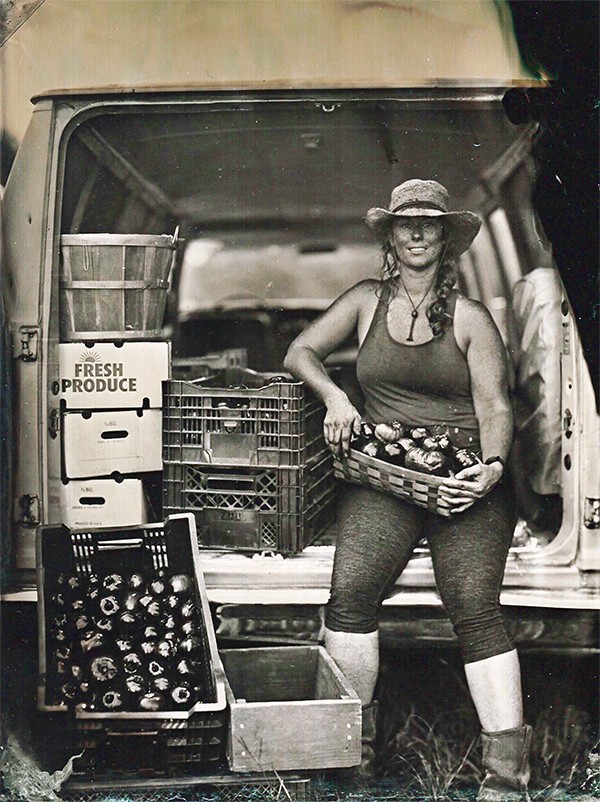There’s nothing like a little competition to get the creative juices flowing. Or the entrepreneurial spirit engaged.
For the Mosleys, their creativity centers around cooking, and lucky for Memphians, they’re very, very competitive about it.
Back in 2010, the husband and wife duo, Casscius and Fran, decided to have a bake-off on Thanksgiving Eve and let their friends and family serve as judges.
Everyone had so much fun, and the food was so good, they did it the next year, and the next, until they outgrew their house and were forced to rent a venue to host what they named Sweet Cafe.
“We thought, ‘Hmmm, maybe we have a business here,'” Fran says.
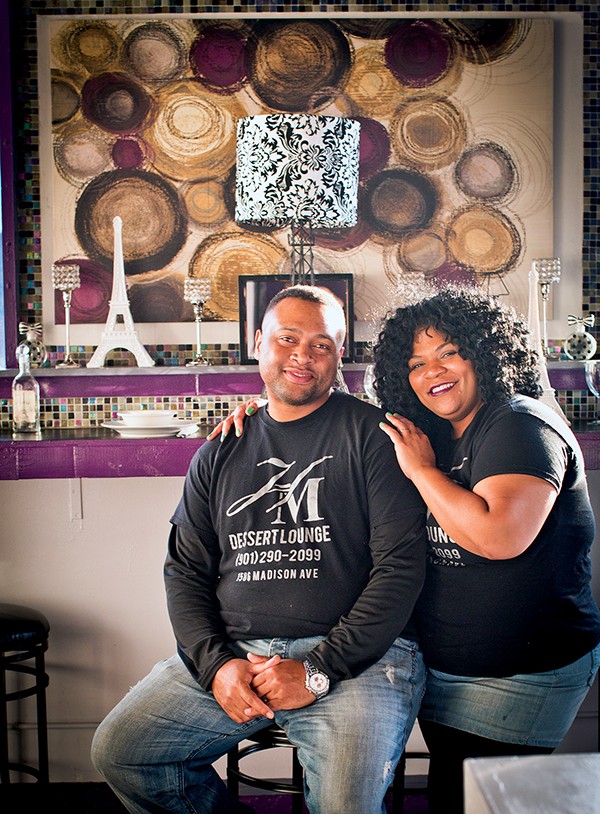 Justin Fox Burks
Justin Fox Burks
HM Dessert Lounge
That business emerged as the HM Dessert Lounge, a dessert bar on Madison that most definitely serves desserts, as well as a compelling collection of savory specials, such as cornbread waffles with pot roast or their signature Beale Street soup, with shrimp, andouille sausage, greens, and tomatoes.
“We take soulful food and do something different with it,” Fran says.
The desserts, well, let’s just say I had to take a moment after trying the Chocolate Temptation — a chocolate brownie with warm chocolate fudge, chocolate chips, Heath Bar crumbles, vanilla ice cream, and whipped cream, served in a martini glass. I never leave a trace that there was chocolate on my plate, or glass, but I could. Not. Finish.
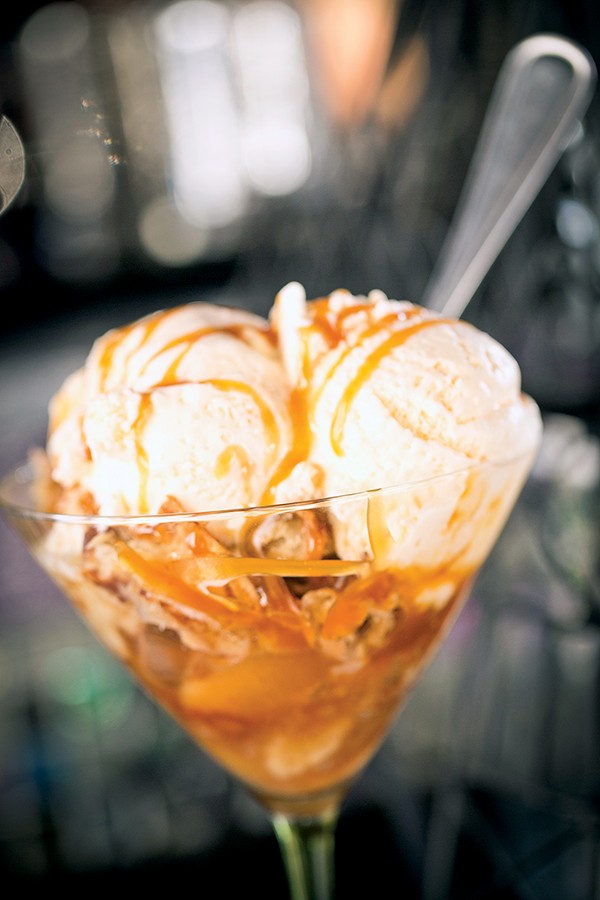 Justin Fox Burks
Justin Fox Burks
Desserts average around $8, and on Fridays, they offer gourmet personal pan pizzas for $10, or for $16.50 you can add a salad and dessert, like banana pudding cheesecake.
The Mosleys host various events, including the upcoming the HM Love Jones weekend that will include entertainment on Valentine’s Eve and a four-course private dinner on Valentine’s Day.
They host a Women’s Empowerment Night and offer their walls to local artists.
“I’m really pleased with the direction we’re headed. We’ve grown into more than a dessert lounge,” Fran says.
Go in there on a day when the competition is high. You could end up choosing between chocolate bacon bread pudding with a caramel rum sauce, prepared by Casscius, or lemon pound cake with lemon glaze ice cream, whipped up by Fran.
“I totally gave him the credit for that, but, well, everyone was really liking the lemon pound cake,” Fran says.
“She had no business baking that day. She should have let me have my glory,” Casscius says. “I’m 0 and six, but I’m not giving up.”
Sandie Whittington was always a little sickly.
A rash here, a headache there, and never quite operating on all cylinders.
Then she read an article about food allergies, particularly gluten sensitivity, and she booked an appointment with her doctor.
“I hit the jackpot,” Whittington says. “Oats, yeast, barley, gluten. I had it all.”
She cut gluten out of her diet, and within two weeks “it was a whole new world.”
Her discovery motivated her to get creative, especially when it came to sweets, because a world without gluten can be especially challenging.
“I started researching ways I could have desserts and sweets. There are not many gluten-free products,” she says.
She started passing out her confections to her friends and family, and the feedback was consistent — she should start a business.
Finally, after 13 years of hearing their suggestions, and once she had some time off last summer from teaching high school, the English teacher started Miss Sandie’s Gluten-Free Baked Goods.
Whittington offers four kinds of cookies so far — peanut butter, peanut butter chocolate chip, peanut butter butterscotch and chocolate chip morsel, and oatmeal cranberry dark chocolate.
“That’s a big seller,” she says. “I use Bob’s Red Mill Gluten Free Oats. A lot of stuff can be cross-contaminated, so I spend the extra money on gluten-free oats.”
She says she uses no flour, not even gluten-free flour.
“I say my stuff is pretty darn pure,” she says.
Her products can be found at Miss Cordelia’s and High Point Grocery, and will be offered at the new Curb Market in the old Easy-Way on Cooper, set to open soon.
“I plan on having my cookies in other stores soon,” she says.
She also offers seasonal breads, including the banana nut bread that recently replaced her pumpkin bread for the season, and will do personal orders from time to time.
Whittington says all of her baked goods are made with six to nine ingredients, which are listed on every label.
“There are no preservatives whatsoever. So many products you find at the store that are gluten-free have a list of ingredients that’s a mile long, and that is just not good for you,” she says.
“Everyone says that it’s good. I feel like it’s a service to the community.”
 Justin Fox Burks
Justin Fox Burks 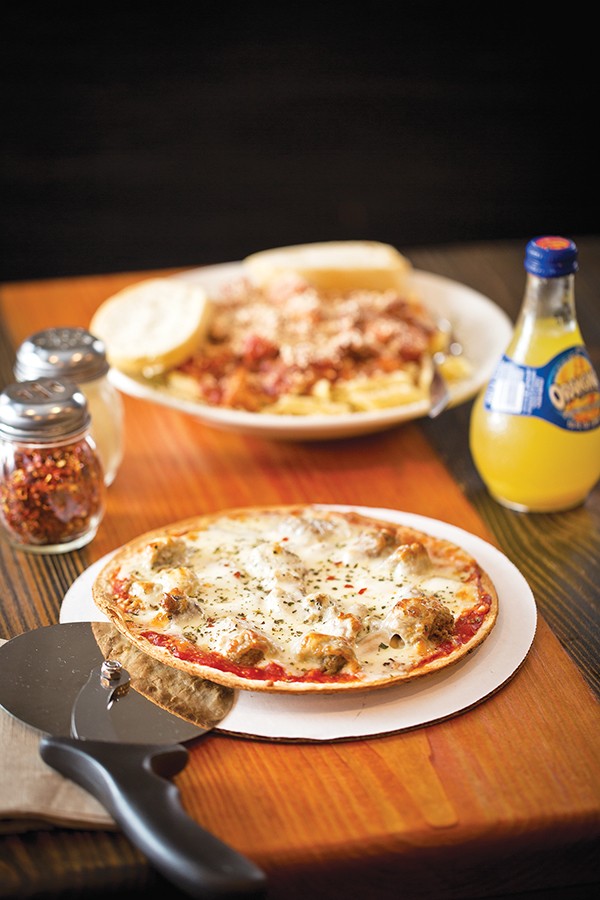 Justin Fox Burks
Justin Fox Burks 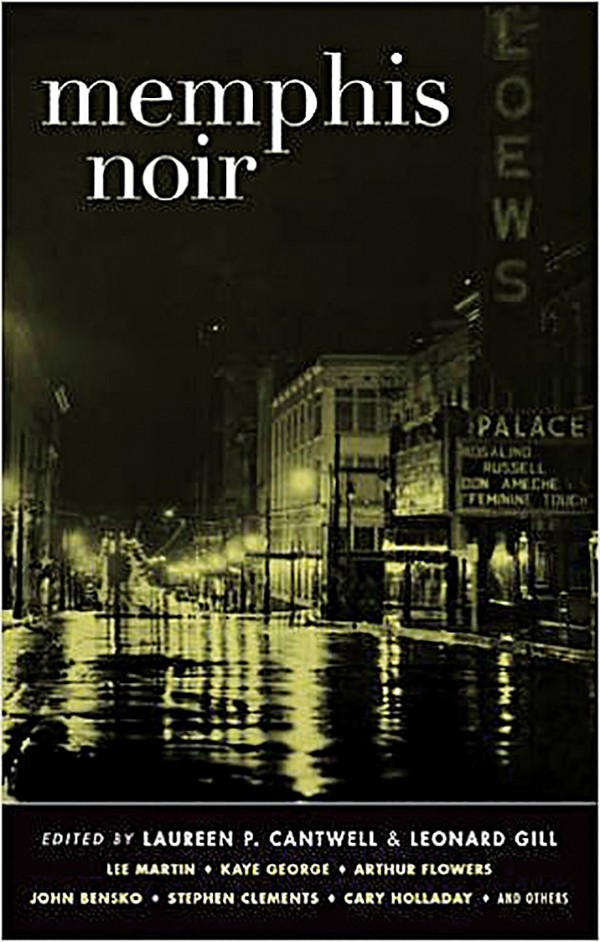
 Lesley Young
Lesley Young 